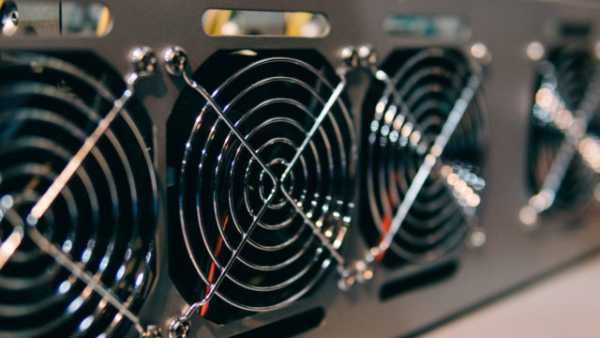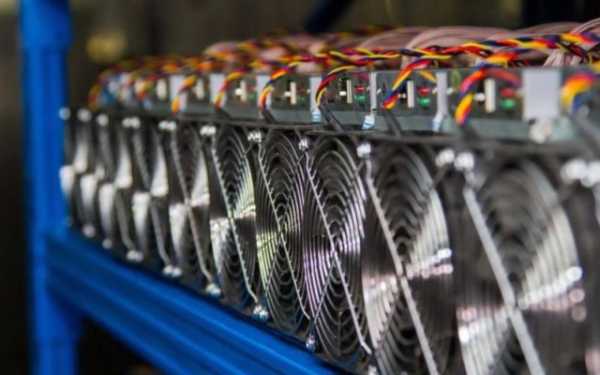How Bitcoin Mining Could Revive the Real Estate Market

Introduction
The real estate sector requires significant energy resources. During construction, large amounts of energy are used to operate heavy machinery and equipment, as well as to manufacture materials such as cement and steel.
After construction is complete, buildings continue to consume significant amounts of energy to perform a variety of functions. For example, residential buildings require constant heating, cooling, and lighting, while commercial facilities such as hotels, shopping malls, and stadiums have additional energy requirements for climate control, sophisticated lighting systems, and highly efficient HVAC systems, as well as to power amenities such as elevators, escalators, and restrooms. Agricultural buildings and stables often use energy-intensive systems for irrigation and equipment operation.
This constant demand for energy typically results in high capital and operating costs, creating a significant financial burden for both owners and tenants.
In many jurisdictions, including the United States, landlords can pass on energy costs to tenants, further increasing housing costs. Specific options may vary depending on local regulations and the type of leases in effect (e.g., gross or triple net leases).
Bitcoin Mining: A Solution to Rising Living Costs
In Germany, for example, dependence on imported energy, especially natural gas, has become significantly more expensive due to geopolitical instability. With domestic alternatives such as nuclear power largely phased out, developers and property managers are faced with rising costs that are inevitably passed on to tenants, driving up overall housing costs.
Bitcoin mining involves miners searching for a random number that meets certain criteria, with a solution typically found every 10 minutes. While most readers are familiar with this process, known as Proof-of-Work, it remains the key mechanism that keeps Bitcoin secure and decentralized. Not only does this process reward successful miners with Bitcoin, but it also converts electricity into computing power and a significant amount of heat. The more computing power that is involved, the more secure the network becomes, making it harder for any single entity to control or manipulate it.
With an efficient system, this excess heat can be captured and used for a variety of purposes, allowing energy to be used in two ways: to produce computing power and heat.
Paving the Way to True Sustainable Energy with Bitcoin
The word “sustainable” is so overused and misused that I almost prefer not to use it at all. Like other terms with positive connotations, it is overused, especially by institutions seeking to control its meaning. However, its basic concept is sound, and Bitcoin makes it possible. By incorporating Bitcoin mining into energy management strategies, property owners can reuse the excess heat generated by Bitcoin mining to meet some of their energy needs. This heat can support building heating systems, heat water, or directly heat spaces such as residential and commercial spaces. New energy systems are being developed to integrate Bitcoin miners with specialized heating systems, allowing this heat to be effectively used to maintain comfortable temperatures and improve energy efficiency within the property.
Bitcoin, Solar Energy and Excess Energy
In areas with high levels of sunlight, such as agricultural areas or warm climates, combining Bitcoin mining with solar panels offers significant opportunities.
This integration can significantly improve the ROI of solar systems by monetizing excess energy through Bitcoin mining. For residential properties with rooftop solar installations, it also helps solve grid capacity issues that may prevent homeowners from selling excess energy back to the grid. Using Bitcoin mining, excess energy can be captured, converted into reusable heat, and even generate profits.
In many regions, including colder climates like Germany, building codes require the integration of certain energy sources, such as solar panels. However, the cost of installing them can be high, and energy production is often limited. Bitcoin mining offers a solution by monetizing the energy produced, creating an additional source of income that can help offset the high costs of installing solar panels. This additional income makes solar power and renewable energy systems in general more economically viable and attractive.
Overall, the integration of Bitcoin mining into the real estate industry can lead to many economic benefits:
- Reduced Energy Costs: By using excess heat from mining for heating or other energy needs, property owners can reduce overall energy costs, which in turn reduces costs for tenants.
- Alternative income source: Bitcoin mining is a source of Bitcoin-denominated income similar to rental income from real estate. It can provide additional cash flow alongside traditional real estate income. This additional income can be reinvested in real estate or used to cover operating costs.
- Increased Property Value: Reducing energy costs through Bitcoin mining can increase the value of a building by reducing operating costs and potentially creating additional cash flow. In general, properties that reduce energy costs and integrate
Source: cryptonews.net



